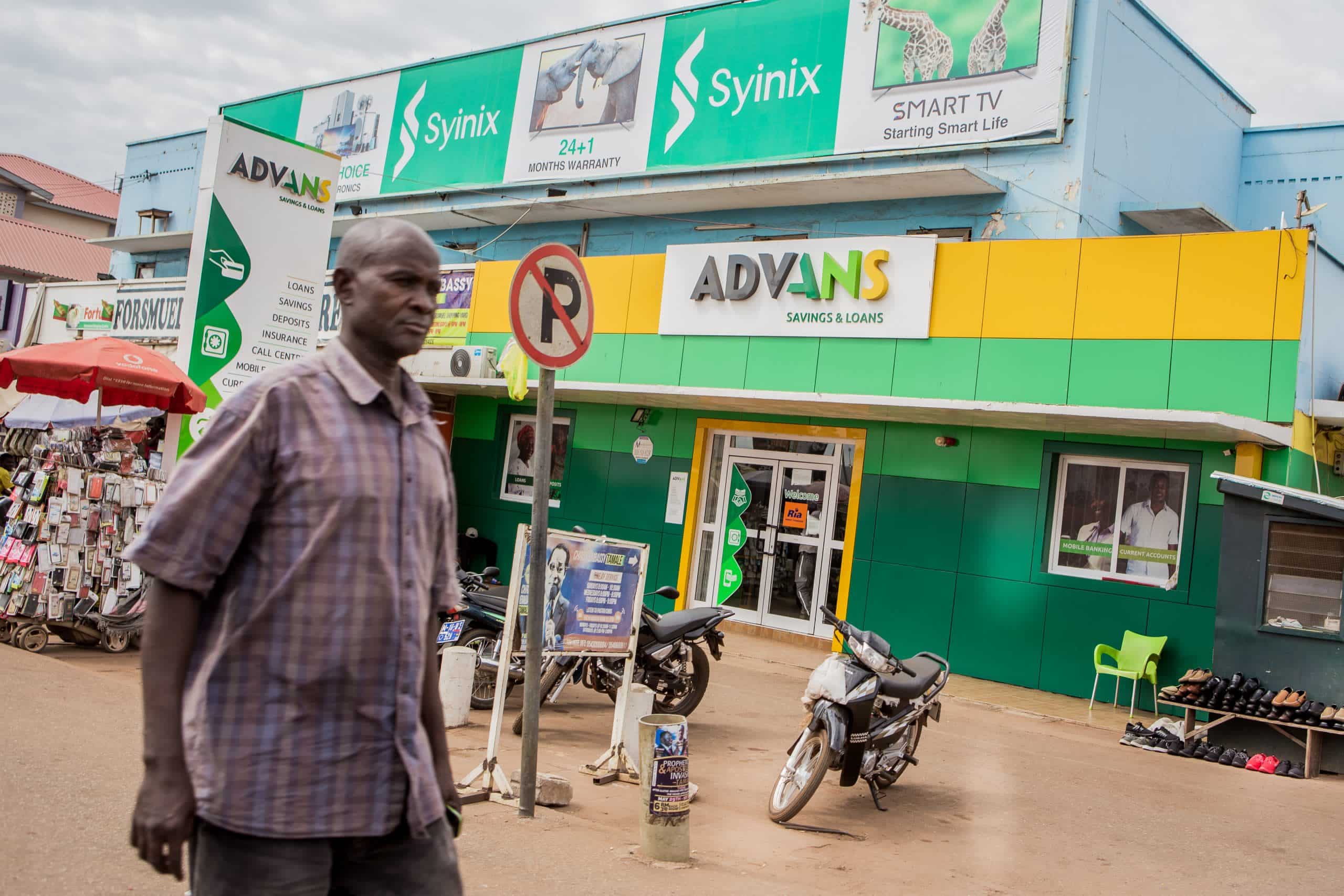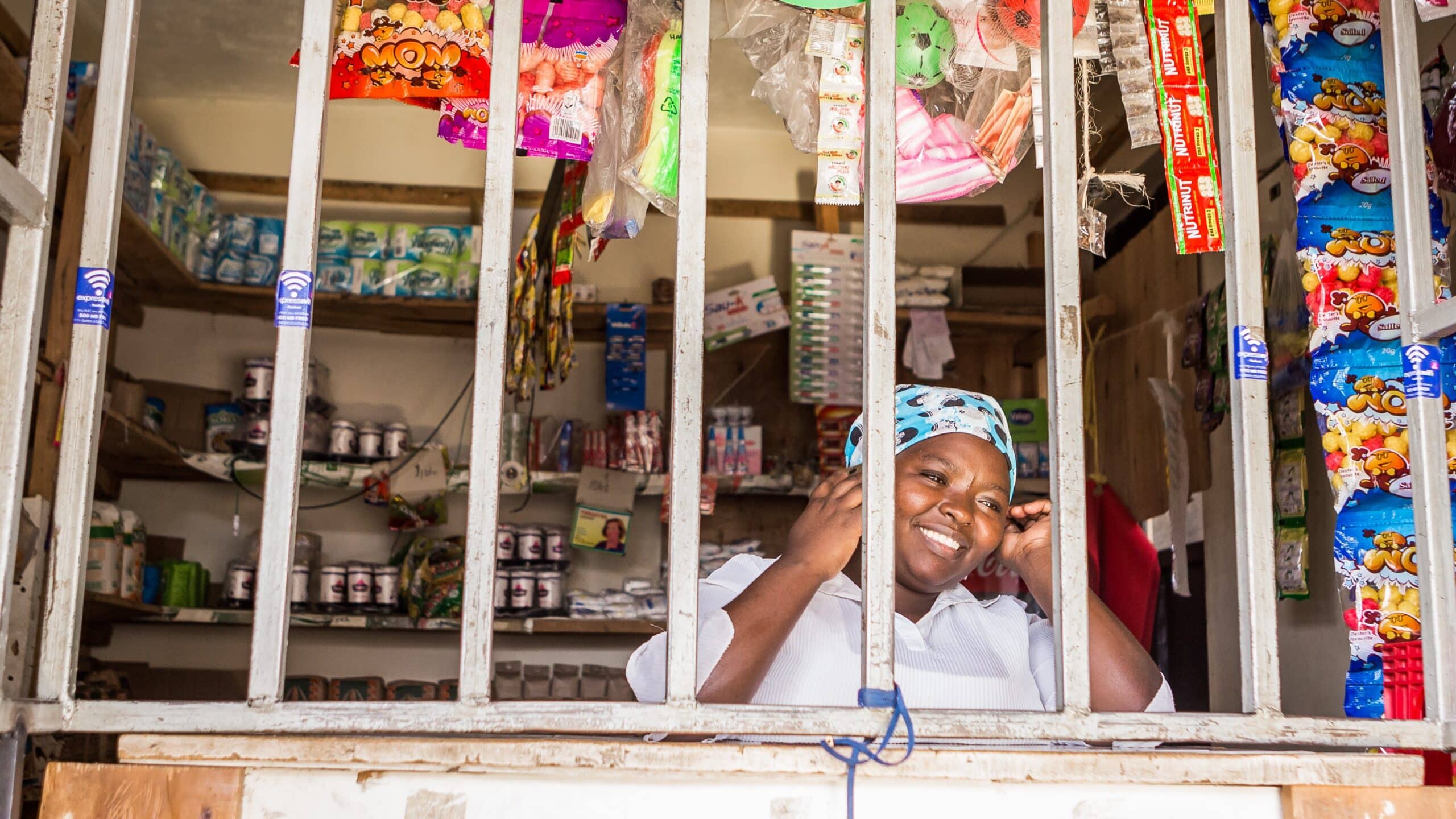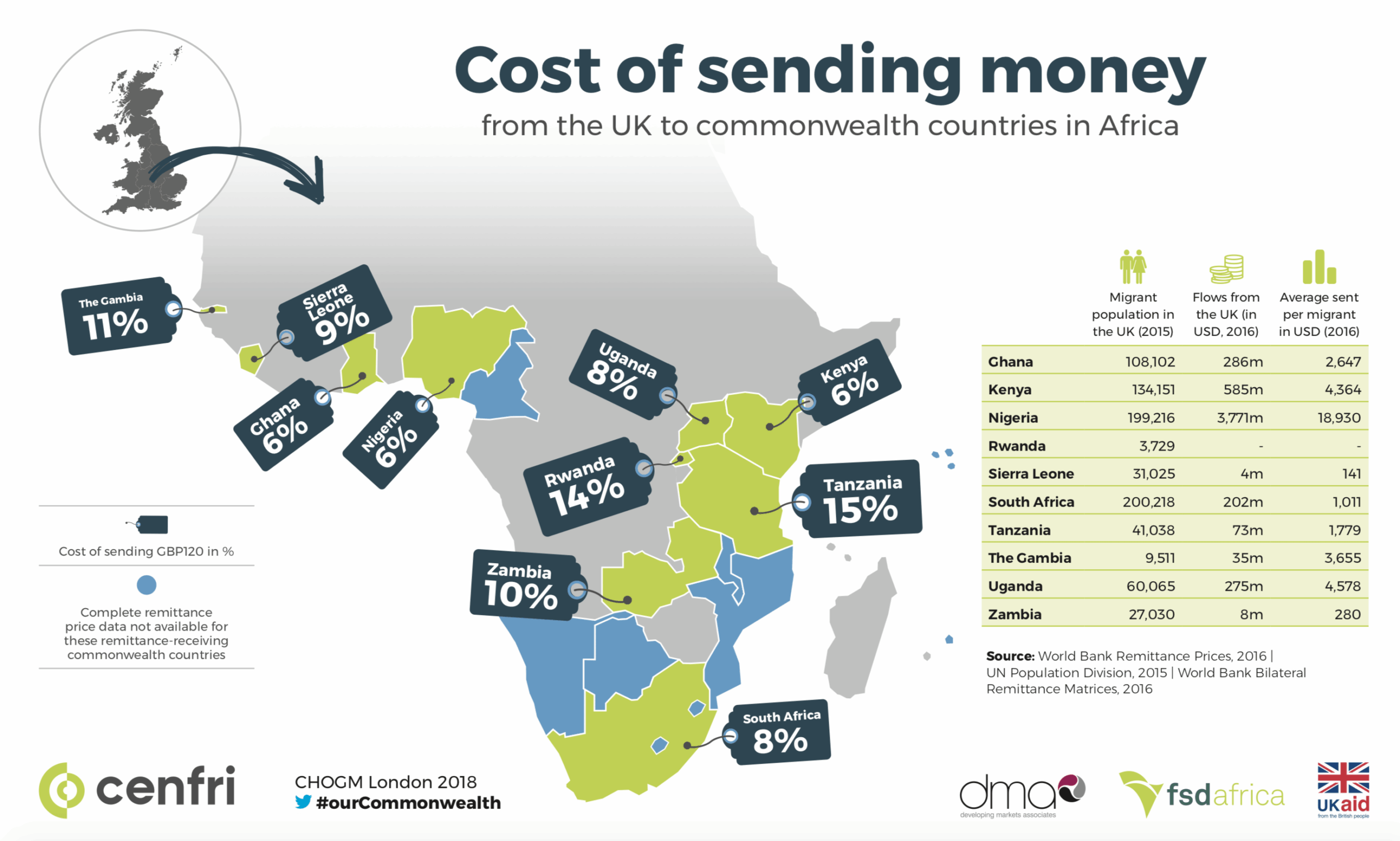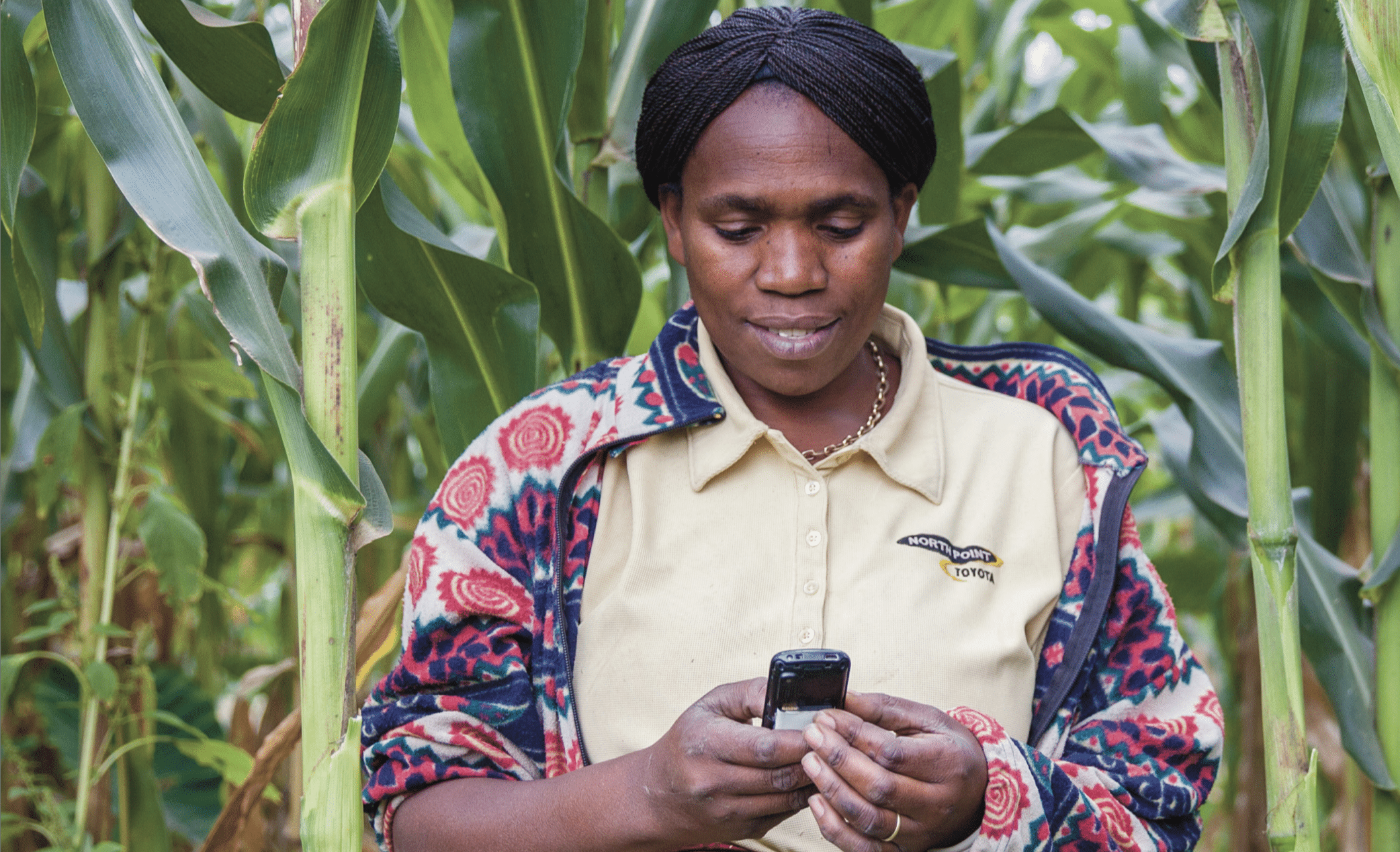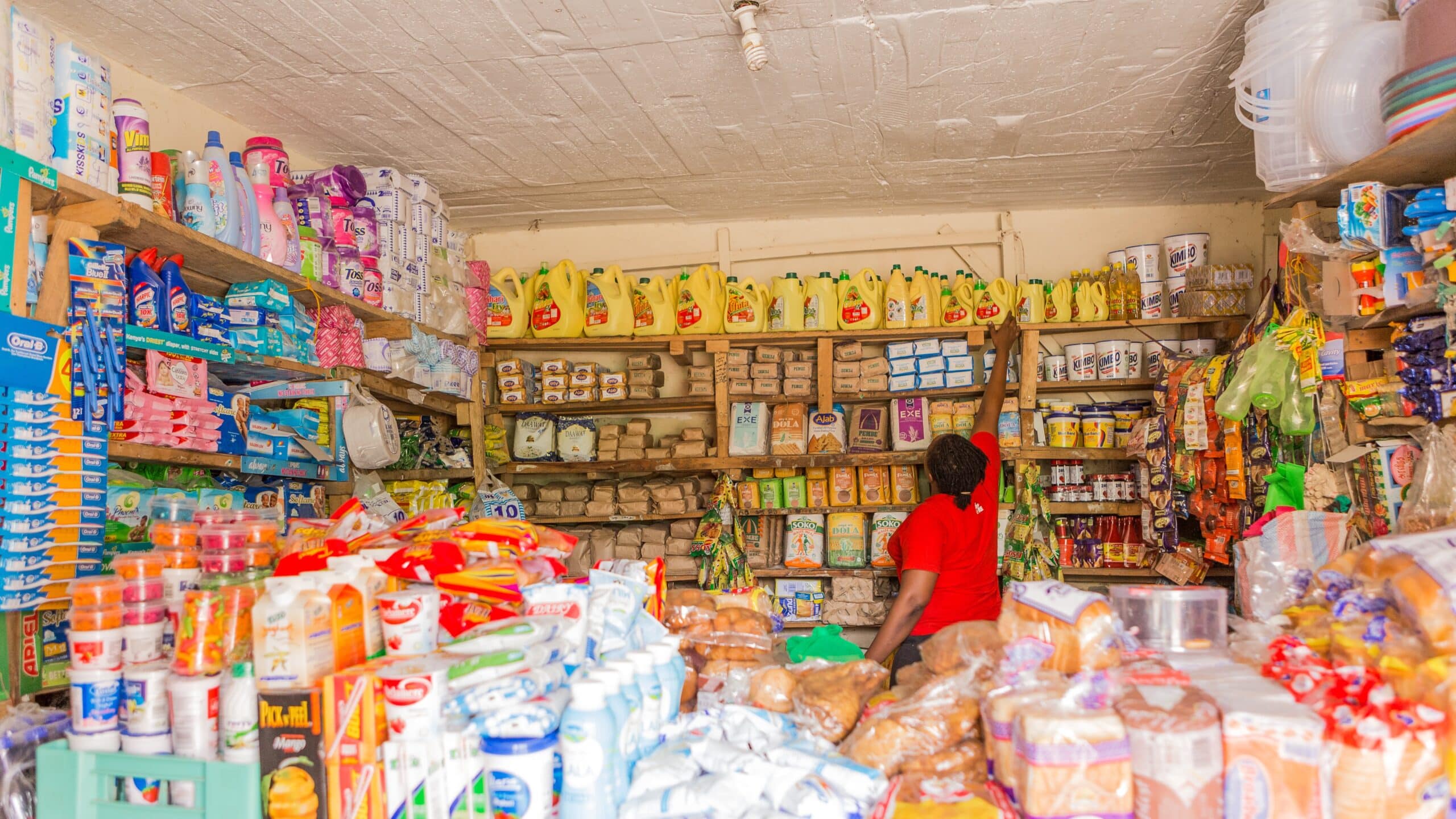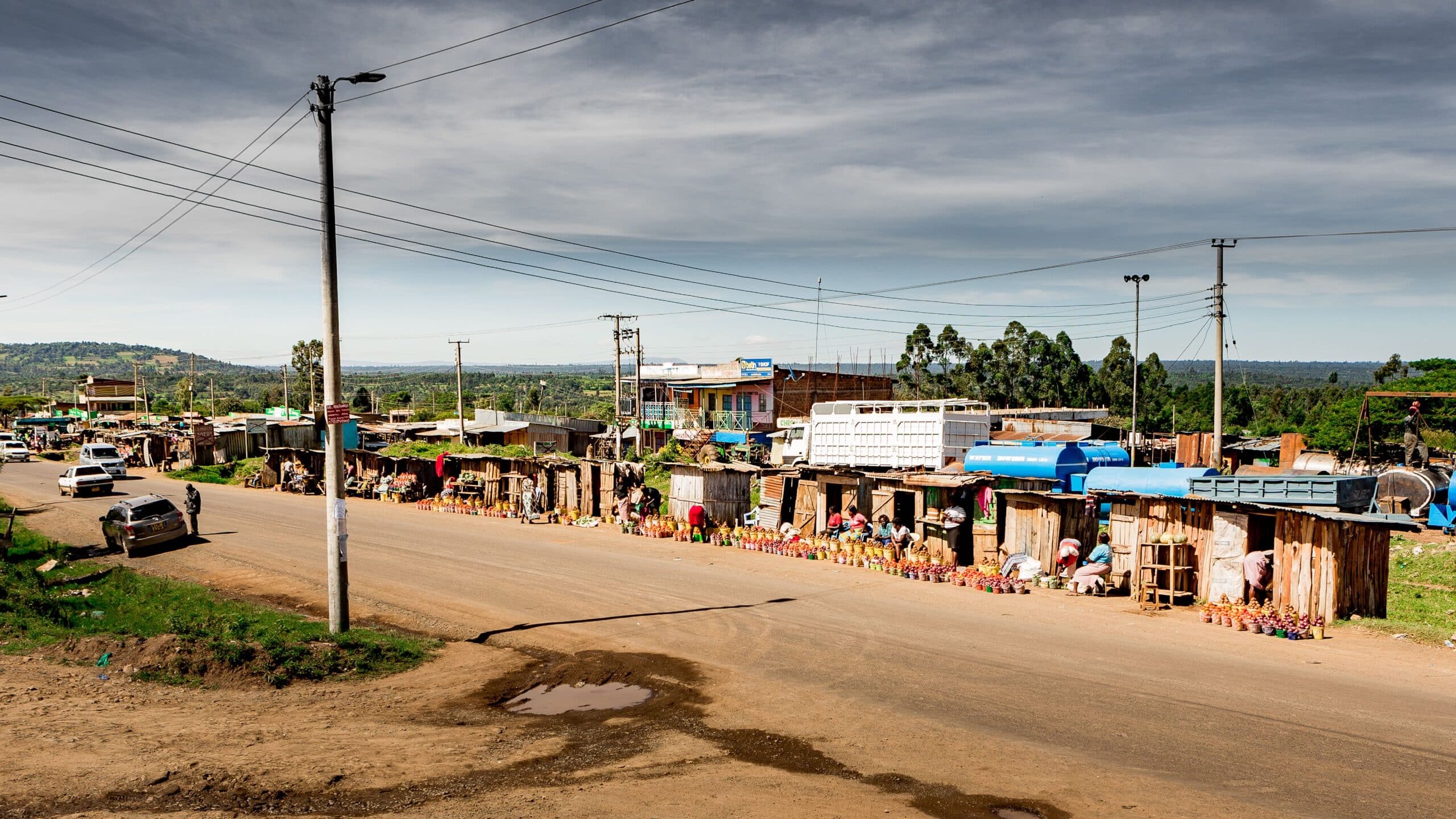• Capital Markets Master Plan is a comprehensive long-term strategy which sets out the primary framework for Zambia’s Capital Markets development.
• Zambia’s aspiration is to become a financial hub that will attract financing including Green Bonds.
• The plan aims at enhancing the Government Bond Market by implementing measures aimed at improving market operations.
President Hakainde Hichilema says government has reduced borrowing from the domestic market from K24 billion in 2022 to K16 billion in 2023.
Officiating at the launch of the Capital Markets 10 year Master Plan (CMMP), President Hichilema noted that borrowing too much from the domestic market stifles the required capital for private sector growth.
The Head of State said Zambia’s aspiration is to become a financial hub that will attract financing including Green Bonds and the Master Plan’s focus to improve the traditional security markets which include the stock market, corporate bonds market and collective investment schemes.
“The Capital Markets Master Plan is a comprehensive long-term strategy which sets out the primary framework for Zambia’s Capital Markets development over the next decade. It is an important tool that seeks to organize various actors in a manner that will be convincing, for holders of the capital to consider Zambia as a choice destination for investments. The Master Plan will ensure that Zambia is an attractive destination to not only local, but also foreign investors.”
“I am optimistic that the launch of the master plan signals our resolve to set in motion the necessary interventions required to fully develop our Capital Markets as they are essential for creating employment opportunities for our youth, enhanced access to capital for small and medium enterprises, and facilitate our transition to a green growth economy,” President Hichilema said.
He added that the Capital Markets Master Plan’s other motive is to introduce products such as Green Bonds, private equity, venture capital, real estate investment trusts, and derivatives among others.
“The plan aims at enhancing the Government Bond Market by implementing measures aimed at improving market operations. As a government, we have also realized that borrowing too much from the domestic market stifles the required capital for private sector growth. It is in this regard, that the New Dawn Government has reduced government borrowing from the domestic market from K24 billion in 2022 to K16 billion in 2023 and going forward, we hope to reduce even further,” he stated.
President Hichilema said this in a speech read on his behalf by Minister of Finance and National Planning Dr. Situmbeko Musokotwane.
Speaking at the same event, Securities and Exchange Commission (SEC) Chairperson Ruth Mugala stated that the inaugural launch of the Master Plan is a milestone in the history of Zambia’s Capital Markets.
“The work of actualizing what is contained in the Master Plan has just began As the Apex Regulator of the Capital Markets in Zambia, SEC is mandated under the Securities Act number 41 of 2016, (as amended) to create and promote conditions in the Capital Markets aimed at ensuring an orderly growth, integrity, and developments of the capital markets. The foregoing entails a dual mandate of promoting the orderly development of the markets, on one hand, whilst on the other – protecting investors.”
“We know that beyond our borders, investors are looking our way considering the astute leadership Government has taken towards creating Zambia as an attractive destination for investments,” Mrs. Mugala stated.
Meanwhile, Financial Sector Deepening (FSD) Africa Director-Capital Markets, Dr. Evans Osano revealed that a recent study on the landscape of Green finance in Africa highlights the gap between the funding available that is needed to deliver Africa’s Nationally Determined Contributions (NDCs) that has been estimated at US$277 billion per annum against Climate financial flows into the Continent which are slightly less than US$30 billion per annum.
Dr. Osano added that Capita Markets play an important role in mobilizing much needed long-term finance to fund real and social sectors and build climate resilience, adding that Zambia’s goal to launch Green Bonds in 2024 is very visible.
“The need to build climate resilience in Africa has never been more urgent. I am happy to note that the government’s commitment to providing facilitative environment for climate financing and a series of environmental sustainability measures and the recent budget, includes proposals which will incentivize the development of Green Bonds market,” he said.
The Capital Markets Master Plan (CMMP) is a ten-year long term strategy for capital markets development in Zambia.
Read original article



